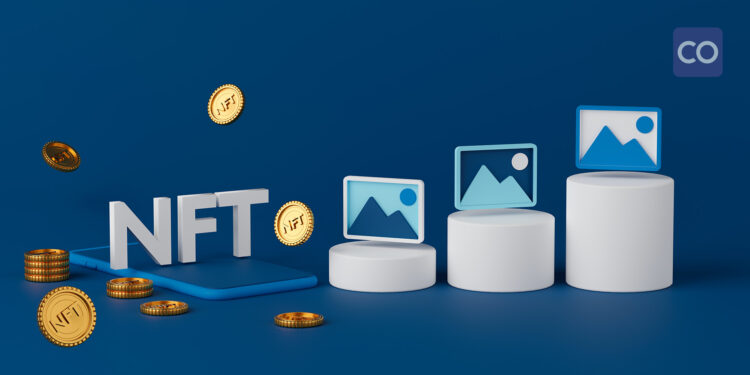A non-fungible token, or NFT, is a specific kind of cryptographic token that signifies a unique asset. NFTs serve as tokenized forms of assets, either digital or physical. They operate as verifiable proofs of authenticity and ownership within a blockchain network. NFTs cannot be swapped on a one-for-one basis with each other, thereby bringing a sense of rarity into the digital realm.
Fungibility is a characteristic of an asset where its individual units can be exchanged and are fundamentally indistinguishable from one another. This is a trait seen in all fiat currencies. In order to function as a medium of exchange, each unit must be capable of being swapped with any other equivalent unit. For instance, any authentic one-dollar bill can be exchanged with another one-dollar bill.
Decentralized applications (DApps) can utilize NFTs to generate and possess distinctive digital assets and collectibles. It’s important to highlight that NFTs can be exchanged in public marketplaces that link purchasers and vendors, however, the worth of each NFT is distinct.
Numerous platforms have been developed to simplify the process of issuing NFTs. The most notable among these is ERC-721, a standard designed for issuing and trading non-fungible assets on the Ethereum blockchain. A newer, more advanced standard is ERC-1155, which allows a single contract to hold both fungible and non-fungible tokens.
The uniformity of NFTs facilitates enhanced interoperability, implying that distinctive assets can be moved between applications with considerable simplicity.
NFTs could be a crucial element in the emerging digital economy powered by blockchain technology. Their application could span across various sectors, including video gaming, digital identification, licensing, certification, and even fine art, with the possibility of enabling fractional ownership of assets. Data integrity and privacy could be enhanced by recording ownership and identification information on the blockchain. Furthermore, these assets’ effortless and trustless exchange and administration could minimize obstacles in commerce and the worldwide economy.






